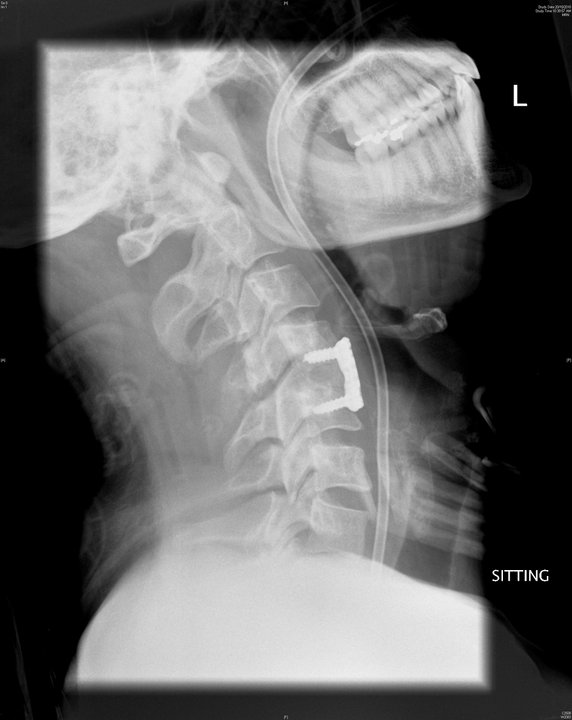(featured image, Wonder lines, by lou chavepayre – https://www.chvpr.com/lignesderre2, image description: a young women, stretched out on a white canvas and a circle of black paint, covered head to toe in paint – the art and artist merged)
I have fallen in love with the art and beauty of Lou Chavepayre.
An artist with cerebral palsy, I first encountered her work on Apple TV’s Home (s2e1). While the episode was focused on her mother’s stunning outdoor/indoor accessible home in France, it gave a glimpse of Chavepayre’s artistic process and work (including the above piece). When the episode finished I hunted for her online and on instagram I found treasure; a deep insight into beauty, desire, bodies and disability.
I don’t want to show you too much here, because you must go to her pages and see for yourself. She has a reasonable following, but her work should be famous. Consider:
No Ass: featuring a series of ceramic moulds of her bottom, and her commentary “No one sees my ass. I don’t want to be an object of desire, I want to be desired. Can you be desired without ass?”

While the above selection is the least sensual of a series of images (it would feel a little weird of me to post a young woman’s ‘ass’ on my blog —again, go and check it out for yourself), it draws out the ambiguity of disabled bodies. It’s not only that the constraints of a wheelchair keeps much of our bodies hidden, but that we live in a world with boring stereotypical norms. We often react to impairment with pity, sometimes with disgust, but rarely with desire.
Not to be an object of desire — of the stares of others — but to be desired, to have our unseen beauty noticed, expresses the longing of many of us with uniquely shaped bodies.
One of Chavepayre’s pieces is a video of people stealing glances as they walk past (https://www.chvpr.com/hts1). In her poetic description of this piece, she notes:
I wanted to make a film about discrimination. Revenge for all those stares I get.
Return them without asking permission.
I realized that by filming them, these strangers whose gaze is usually heavy for me,
become fragile, vulnerable, endearing again.
Humans.
Here Chavepayre reveals the burden of being different, her anger, and her generosity. In this video, she is not the object of pity but the one able to have compassion for others, for their fragility in a world that inevitably shatters their expectations.
There is so much more for you to see. Chavepayre is a photographer, and a series of pictures called hands on reveal her twisted fingers as beautiful . A perched baroness depicts her dream of climbing a tree to observe the world, with the caption telling us, “Lightness is not a gift, it is the result of an insistent, arduous and patient work of removing the weight of everyday life.”
Her work transcends disability. It’s simply great art. For me, it’s about embracing the vulnerability that goes with being human, expressing the anger and frustration that comes with constrained bodies and a narrow-minded social world, and seeing beauty in surprising places.



2 Comments
Stacy M
September 5, 2022 at 9:24 amThanks for sharing this post, her work is truly amazing!
Shane Clifton
September 5, 2022 at 10:24 amit is indeed